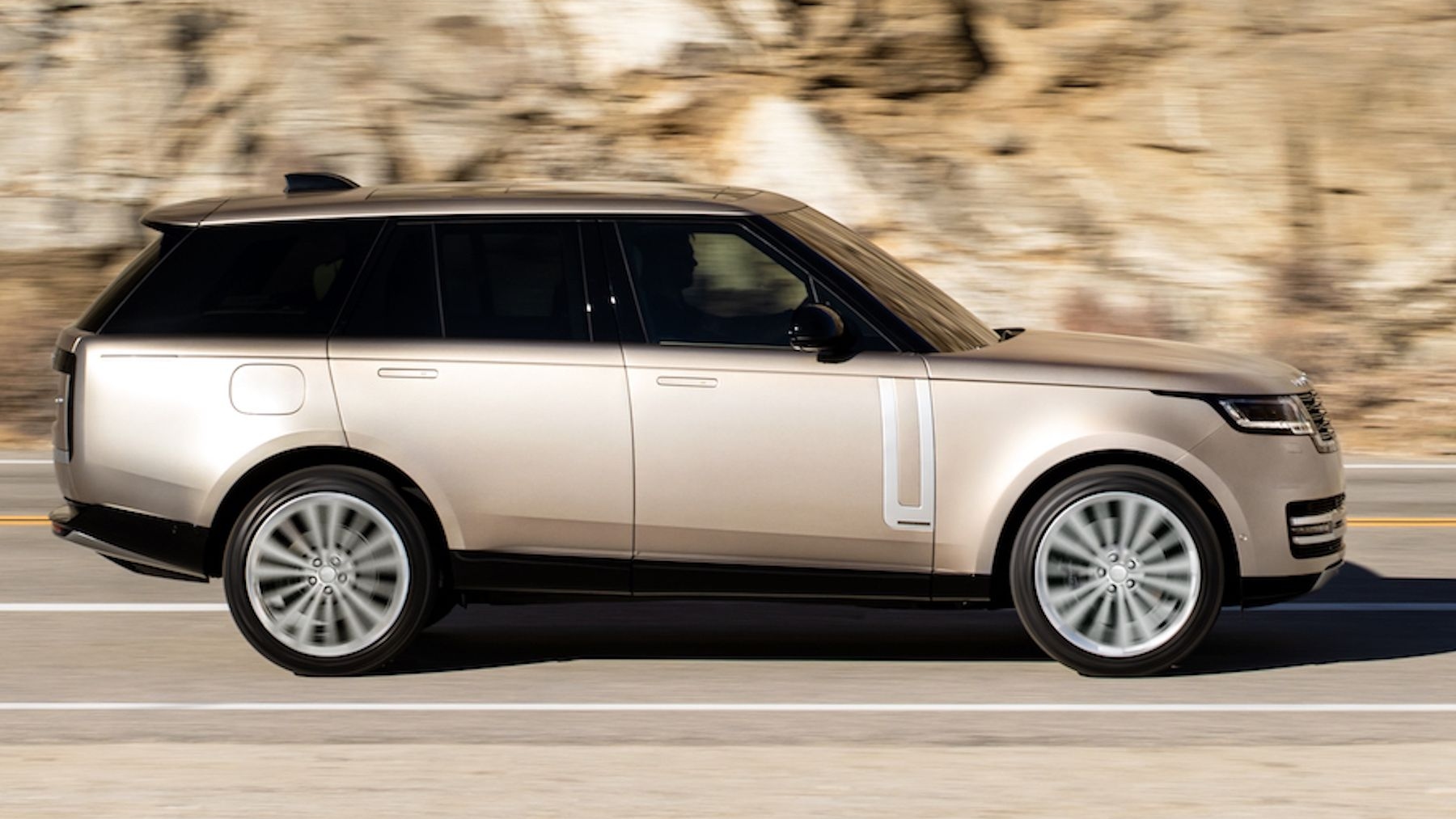Engineering an electric vehicle conversion from an existing platform is hardly a plug-and-play operation.
A myriad of challenges are inherent; not the least of which are aerodynamics, range and weight.
But once those obstacles are addressed, some slick marketing can position the car as a must-have car for the eco-conscious.
So when the Dutch development firm e-Traction boasts, “Welcome to the world’s heaviest fully electric passenger car” on its website, you have to wonder a moment if something was lost in translation. Then you read on a bit and realize the 2.75-ton G-Electric project is not only deliberate, it’s intriguingly cool.
It begins with a two-door Mercedes-Benz G Class (so much for aerodynamics). The engine is pulled, leaving the cavity for future testing of any manner of range-extending applications. Lithium-ion batteries totaling 25 kWh of power are nestled beneath the cabin.
Finally, there are the motors. A pair of direct-drive motors are within the rear wheels, delivering a claimed 92 percent efficiency and--hold on--about 1,844 pound-feet of torque each. Combined, that’s 3,688 pound-feet on tap.
You’d think that would make for phenomenal acceleration, and you’re probably right. The G-Electric is a one-off, multi-year project; e-Traction apparently isn’t ready for us or our sibling site Green Car Reports to thrash 0-60 mph runs out of it just yet. And before you ask, it’s not for sale. Nor can you hand over your own vehicle, Geländewagen or otherwise, for conversion.
Even the videos of the G-Electric in motion are more proof of concept than provocative test drive in their nature.
Still, this may not be forbidden EV-fruit forever. According to e-Traction’s website, there are plans for similar conversions of 25 “passenger cars.” It doesn’t mention a timetable, intended makes and models or if any will be offered for sale, however.


